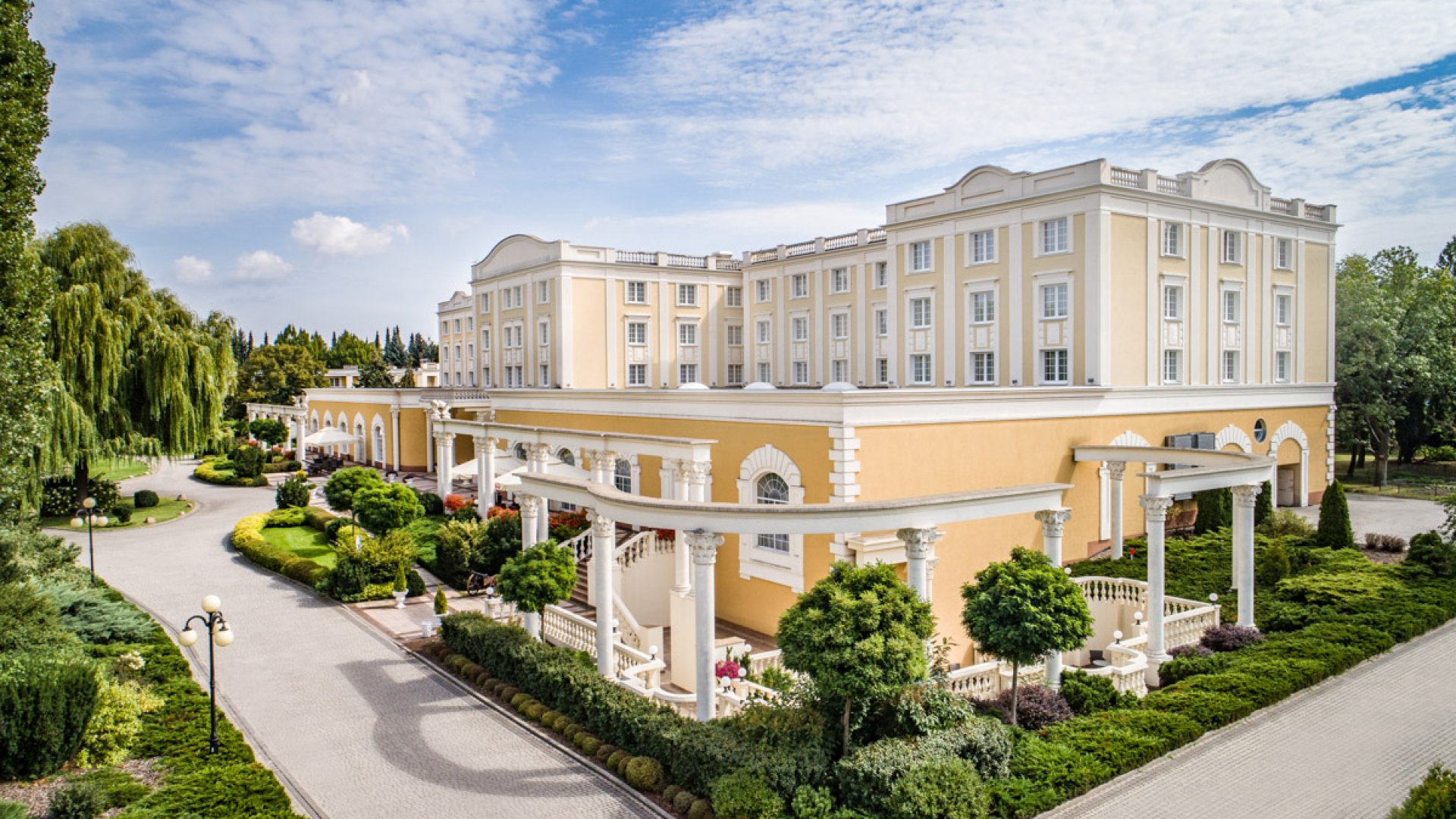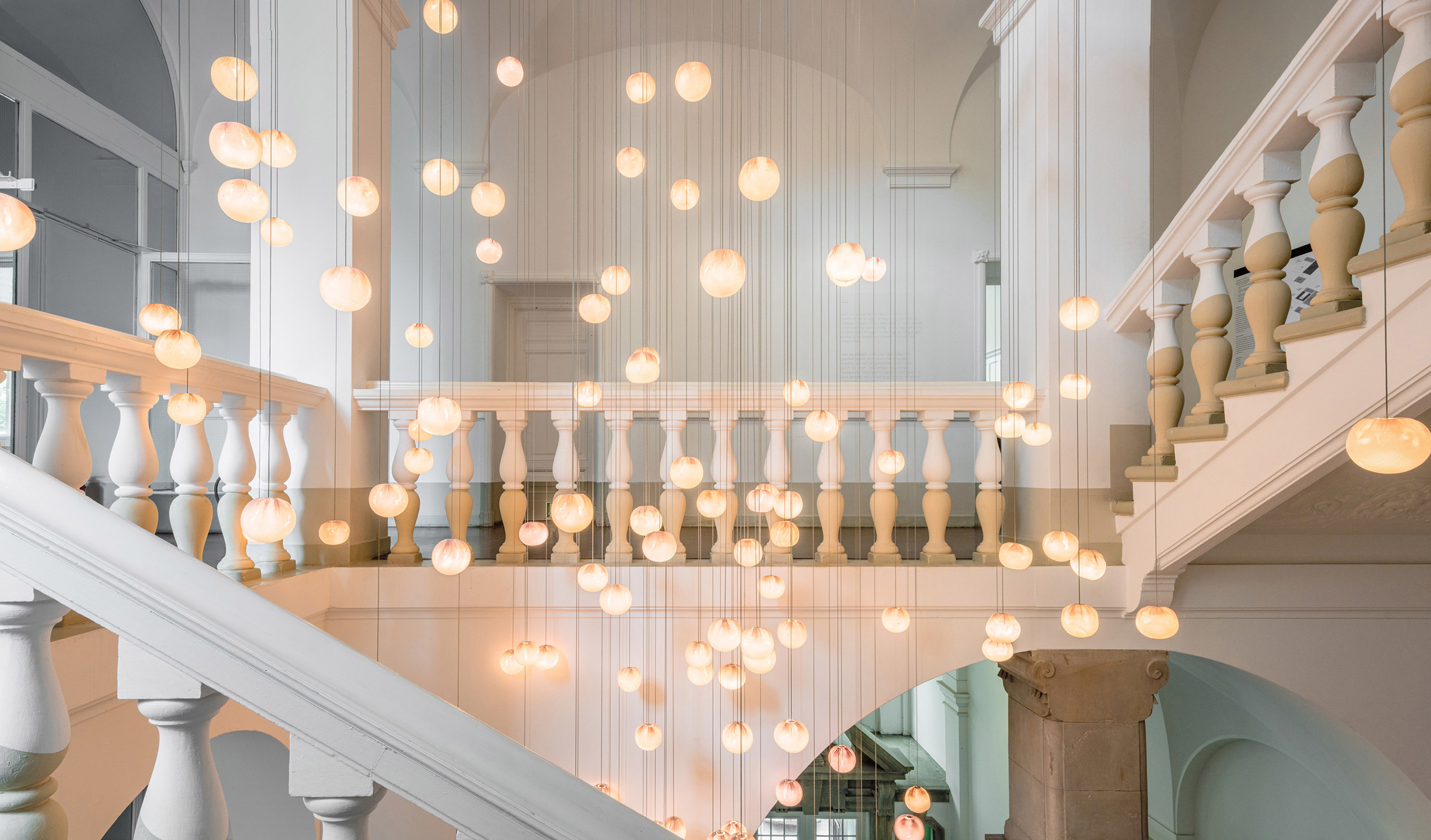ugh spacious rooms and an emphasis on wellness that includes a spa, yoga and meditation sessions, and its own vineyard. Originally built in 1981, the hotel was modernized recently with an abundance of regional materials, such as larch, spruce, marble from the Vinschgau Valley, and porphyry tiles from the Sarntal Valley. Public spaces, especially the lobby and the slow-food Bistro Luce, act as large living rooms that radiate contemporary warmth with accents like custom lamps by Harry Thaler and local, handwoven sheep’s wool carpets. The wellness area features a 29-meter outdoor pool and a smaller indoor pool, as well as a Finnish sauna, bio sauna, steam bath, and relaxation areas. Private yoga classes and “awake consciousness” sessions - which include steaming tea, discussion, and reflection - are also held here.
With aesthetic choices inspired by Italian modernist masters and a location directly on the coast in Laigueglia, Hotel Windsor is a luxurious hideaway defined by refined elegance and a celebration of the local Italian heritage. The beautifully renovated structure, which was abandoned for nearly two decades and is a protected historic building, now boasts an unpretentiously decorated façade that gives way to an open-floor layout, brightly augmented by floor-to-ceiling windows opening to the sea. Each of the 25 rooms features original structural details paired with neutral geometries and hues, custom furniture, iconic pieces of Italian design, and sculptural artworks. A private sandy beach, referred to as Bagni Windsor, offers 80 sunbeds and 40 custom umbrellas, while the onsite Windsor Restaurant highlights ingredients from the region, including seafood caught in the Ligurian Sea, Albenga artichokes, and trombetta zucchinis.
At FREIgeist Göttingen Nordstadt, located in the newly established Sartorius Quarter of Göttingen, Germany, industrial sleekness meets Mediterranean warmth. Engineered details include large lattice windows, black steel accents, corrugated metal siding, and old workbenches that have been upcycled to create tables. Such features are softened by a warm color palette expressed in white linen curtains and original Turkish kilim rugs, which have also been repurposed as sofa and pillow covers. The in-house restaurant East of Italy serves light Levantine cuisine and Neapolitan-style classics, and an outpost of Viani Alimentari is stocked with Italian delicatessen specialties. The onsite Weights & Measures bar serves signature drinks inspired by Mediterranean destinations and the FREIgeist Skybar offers more than just drinks: here, guests can soak up views of the entire city.
Farther north in Germany, Wilmina is tucked away in a quiet courtyard in the beating heart of west Berlin. Housed in a 120-year-old former women’s prison, the historic site was carefully reimagined by internationally renowned firm Grüntuch Ernst Architects to create a sanctuary of secret gardens and refined simplicity. In homage to the building’s history, some original fittings, such as railings, stairways, and even cell doors, remain in place, while contemporary features like multi-story light installations by Bocci provide an undeniably modern feel. No two of the 44 rooms are the same, but all of them are defined by light colors, soft textures, and warm, high-quality materials. Enlarged windows, opened spaces, a roof deck, and an abundance of plant installations inside and out further establish an overwhelming sense of serenity.
In Kota Kinabalu, Sabah, Malaysia, The Luma Hotel connects the city’s new creative energy with the age-old rainforests of Borneo - and with luma meaning “home” in the Bajau language, the hotel’s overarching ethos is to create a place where both locals and guests can settle in. Expansive jewel-toned sofas, rotating displays of local art, playlists curated by Sabahan musicians, and coffee by the local roastery Crack Inc. are among the features inviting guests to linger in the lobby longer. Other public spaces include the destination restaurants Jojo Gastrobar, which offers modern Asian cuisine and creative cocktails; Hinode, which has a traditional Japanese menu; and Fish Market, a Chinese hotpot joint. Upstairs, guestrooms are defined by a calmness established through Japanese-inspired lines, light oak floors, and bespoke wardrobes made from Sarsi wood.
Paying homage to centuries of history while exuding a contemporary urban spirit is House Hotel Old Tbilisi. Housed within a protected cultural heritage building, the hotel features beautifully restored wooden balconies, intricate old woodwork, and inviting terraces, as well as ancient doors and even an original chimney in the basement. To evoke a contemporary essence, tones of burnt orange, muted reds, and dark greys are paired with patterned wallpapers and hand-painted portraits of distinguished Georgian characters by the well-known local artist Musya Qeburia. Bespoke furniture - the majority of which was fashioned from upcycled wood - also reflects the city’s Eurasian heritage through a combination of Asian and European styles, and the in-house restaurant Blue Fox infuses international cuisine with local flavors.



